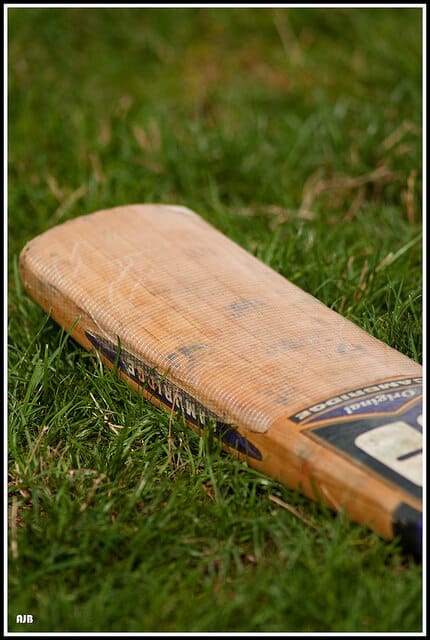
Over the past three months I have been observing twelve teachers deliver physical education lessons as part of my PhD. When it comes to observing and delivering striking and fielding lessons there has been a common question / discussion that has emerged. What should be taught first principles and skills associated with attacking (scoring runs / rounders) or defending (preventing runs / rounders from being scored)?
On all accounts the first couple of lessons tends to focus on fielding including the default throwing and catching lesson followed by long and short barriers and run and retrieve, taught in the traditional warm up, activity 1, activity 2 and then game approach.
With all teachers I have challenged this traditional approach with the aim of getting them to think about two things, firstly contextualising the learning and secondly exploring the rationale behind the selection of lesson content.
Contextualising the learning
There are many ways through with learning can be contextualised for example using a whole-part-whole lesson structure approach where students are able to experience a condition game, refine an element within their game and then put this back into the conditioned game. This does two things firstly it explicitly identifies whether progress has been made between the first and second condition game allowing participants to experience a sense of improvement and progress as well as increasing their understanding of the importance of the activity in improving their game performance. Teaching games for understanding (TGFU) is another approach that can be used to ensure that students understand the why of the game before the how of the skill. This should make learning new skills and consolidating and improving existing ones more meaningful as students are aware of the impact this will have on their overall performance within the game situation.
Lesson Content Rationale
When teaching netball, football, hockey or any other game for cognitive learners teachers often try and facilitate success so that learners feel a sense of accomplishment and progress that then continues to spur them on. For example to facilitate success within basketball often in competitive situations competition weighted in favour of the attack i.e. 3v1 or 3v2 so that the attack can be successful and then only once competent does the competition become evenly weighted.
This approach is then is combined with an understanding of the principles of game that then are broken down to form a unit plan or scheme of work. For example within basketball the triple threat principle of shoot, pass and dribble should then inform what is taught when. To clarify in order to win a game of basketball you have to score more baskets or points than the other team therefore shooting is a significant principle that should take a priority, then passing and then dribbling. This will facilitate success and then principles of defence such as marking, zoning, blocking etc. can be taught.
Thinking about this why do we tend to focus on fielding skills predominantly which are defensive skills preventing rounders or runs being scored first. Should we not focus on batting, running and decision making first to facilitate success before we create fantastic fielders who then prevent the rounders and runs from being scored? Or better still with a whole-part-whole approach or TGFU approach many aspects can be practiced at once.
I would love to hear others thoughts on how they construct lesson content and schemes of work for learners within striking and fielding games.


[…] Striking and Fielding: Attacking or Defending […]